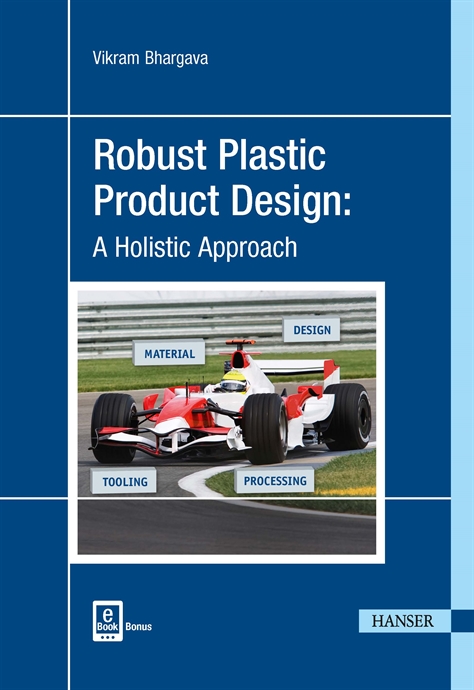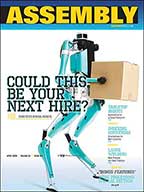It's been said that, while God may provide the ability and inspiration, it is not without men's hands that great works of art are produced. Similarly, no robot or automation system can assemble a product without pneumatic grippers.
There are two main types of pneumatic gripper: angular and parallel. The main difference between them is how their jaws move. The jaws of an angular gripper swing open and closed on pivots. The jaws of a parallel gripper slide open and closed in tracks. Either style can have two or three jaws. Jaw movement is usually synchronized, but some models can be modified so the jaws can move independently.
Parallel grippers can grab a part from the outside or the inside. The jaws can be actuated directly by the piston or indirectly through a cam or wedge mechanism. The former have longer stroke lengths, but the latter produce more gripping force, says Jesse Hayes, product manager for Schunk Inc. (Morrisville, NC).
Angular grippers cost less than parallel grippers, which require more precise machining and more expensive bearings for the jaws. They can only grasp parts from the outside. Compared with parallel grippers, angular grippers can't handle as wide a range of part sizes, and they don't resist side loads as well.
On the plus side, the jaws on angular grippers can swing out of the way of incoming parts. That can save time when picking parts off a conveyor, because the actuator does not have to move as much. In contrast, the actuator may have to raise a parallel gripper to clear the parts, then lower it back down again to pick up a part, says Costas Charalambous, gripper sales manager at Techno-Sommer Automatic (New Hyde Park, NY).
Not all grippers are pneumatic. Hydraulic and electric grippers are also available. Hydraulic grippers are used for heavy loads, such as transmission parts. Electric grippers are an option where pressurized air is unavailable or undesirable, such as clean rooms. And, because an electric gripper is driven by a servomotor, engineers can program the speed and position of the jaws. Feedback from the motor can also indicate how much force is being applied to the part, says Charalambous.
With pneumatic grippers, the force exerted by the jaws can be adjusted by changing the input pressure. "Of course, if you lower the pressure, you will sacrifice actuation speed," Hayes points out. "And, changing the operating pressure is not easily done on the fly. You couldn't pick up a part with one force and pick up another part with a different force."
The amount of force needed to grip a part varies with the part's size, shape, weight and material, says Daniel Peretz, director of sales at De-Sta-Co Industries (Madison Heights, MI). It also depends on how quickly the actuator starts and stops, and on how the gripper holds the part. If the fingers envelop the part or capture a specific feature on the part, the jaws will not need to apply much gripping force. If the fingers rely on friction to hold the part, the jaws will have to apply more force.
The fingers attached to the jaws are usually custom-made for the specific application, says Peretz. Fingers should be designed so that the grip point is as close to the gripper face as possible. As the length of the fingers increases, the amount of force that can be applied by a gripper decreases. If the part is painted, the fingers can be coated with rubber, or they can be made from plastic, such as ultra high molecular weight polyethylene.
Most grippers have mounting positions for one or two inductive or magnetostrictive sensors. These sensors tell the machine controller when the gripper is open, when it's closed, and when it has actually picked up a part.


